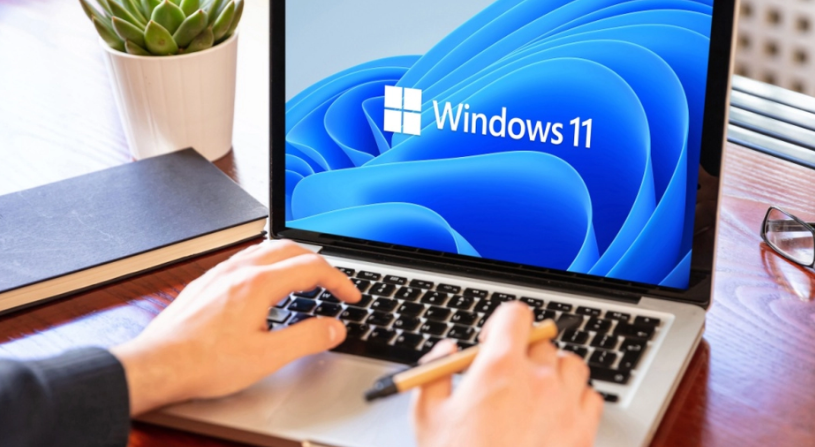Have you noticed your computer shutting down unexpectedly? Don’t worry—you’re not alone, and there’s a solution.
Others are reading now
Microsoft’s latest update for Windows, KB5041585, has caused significant frustration among users of Windows 11 versions 22H2 and 23H2.
This update, intended to address several security vulnerabilities, including a critical issue in IPv6, has unfortunately introduced a new set of problems.
Many users are reporting drastically reduced performance and even sudden crashes after installing the update. Some have been unable to install the update at all.
Problems and Symptoms
Users across various platforms are sharing their experiences with problems following the installation of KB5041585.
Also read
One of the most frequent complaints is that resource-heavy programs like Adobe Photoshop, Audition, and games like Diablo and World of Warcraft keep crashing.
According to a report by Pcforalla, one user described their experience: “After the update this morning, all my intensive applications started crashing, with messages saying they were using too much memory, even though Task Manager showed only 18 percent usage and plenty of free disk space.”
Other users have reported that their CPU is constantly running at 100 percent, making their computer extremely slow and prone to frequent timeouts.
These complaints are widespread, appearing on forums like Reddit and YouTube, as users search for solutions.
How to Fix the Problem
If you’re encountering issues caused by update KB5041585, here are a few steps you can take to restore your computer’s normal operation:
-
Uninstall the Update: The simplest fix is to uninstall the update. Go to “Settings” > “Windows Update” > “Update history.” Scroll down to “Uninstall updates,” locate KB5041585, and click “Uninstall.” Keep in mind that uninstalling the update will also remove the security fixes it provided.
-
Disable Control Flow Guard: Another option is to disable “Control Flow Guard.” To do this, open Windows Security, select “App and Browser Control,” and click “Exploit Protection Settings.” Set “Control Flow Guard (CFG)” to “Off by default.”
Microsoft is aware of these issues and is working on a solution. However, the official support documentation currently indicates that Microsoft is unaware of any problems with the update, leaving many users frustrated.
Until an official fix is released, the solutions above may help if you’re experiencing problems after installing update KB5041585.
Keep an eye out for future updates and announcements from Microsoft to ensure your device remains secure and running smoothly.








